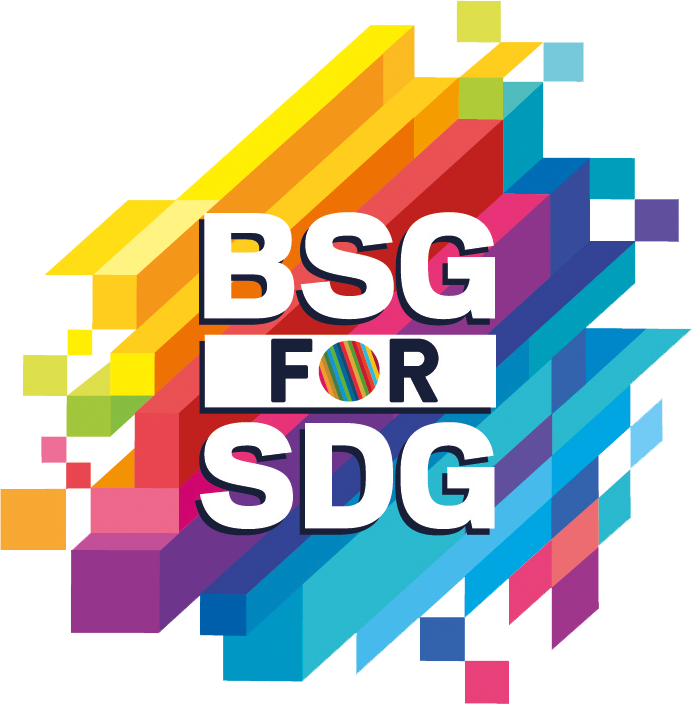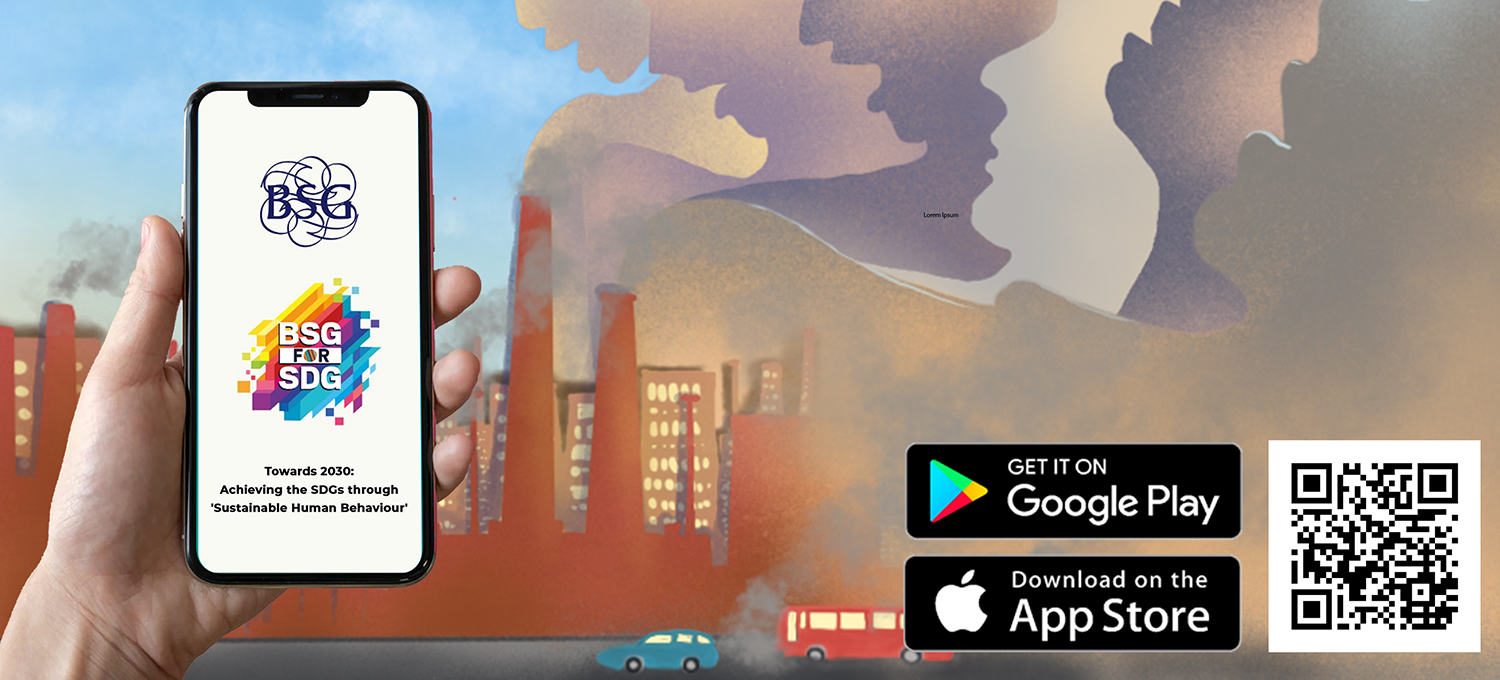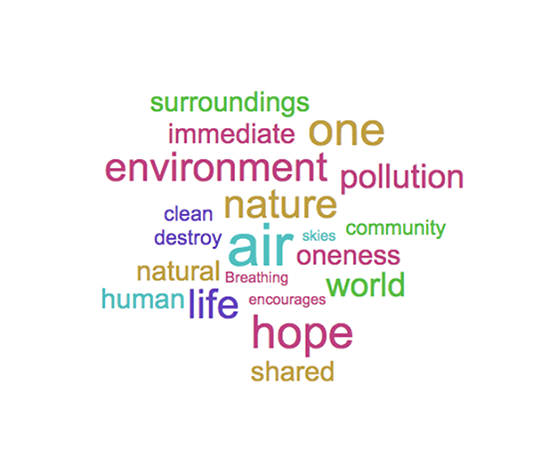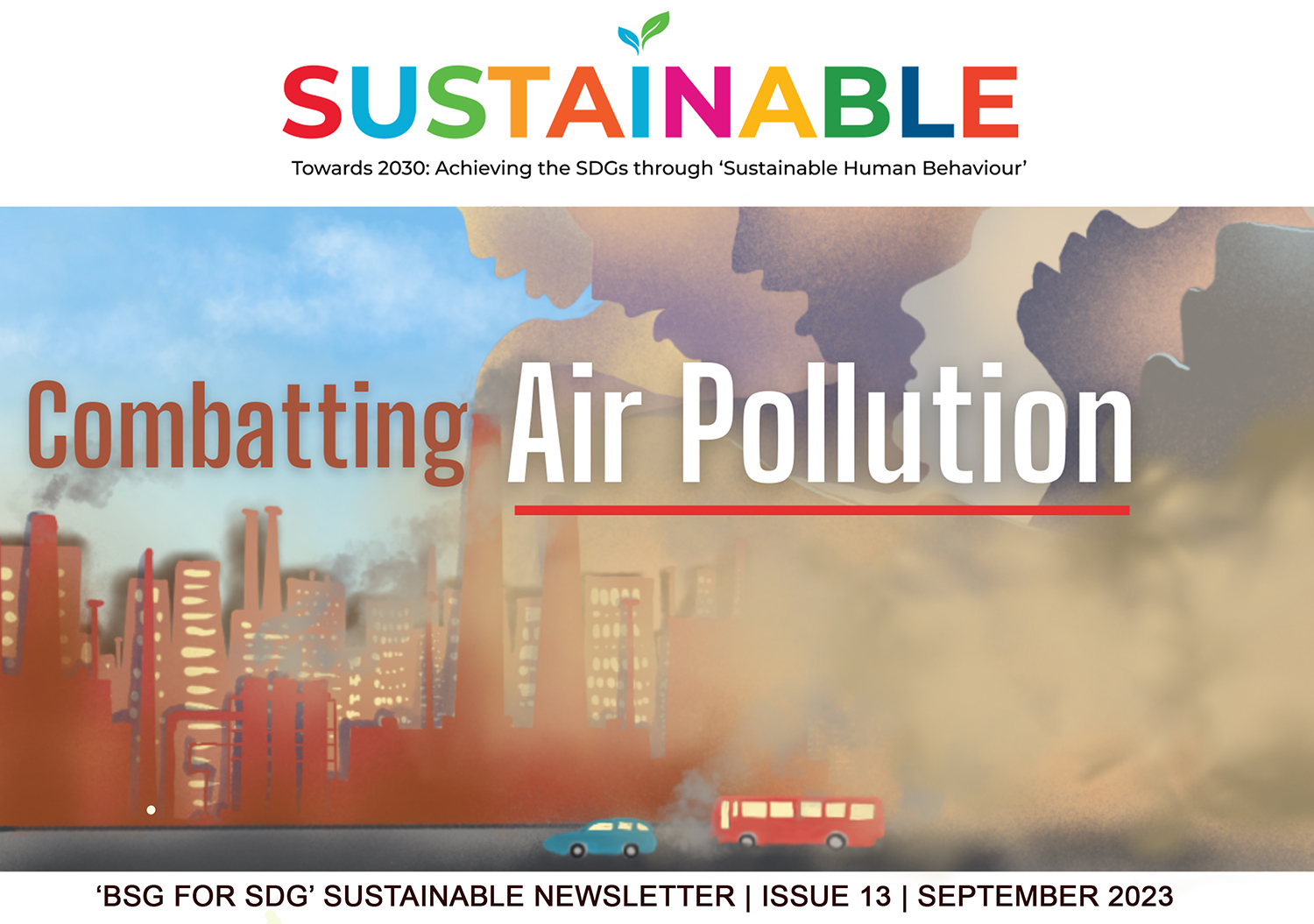
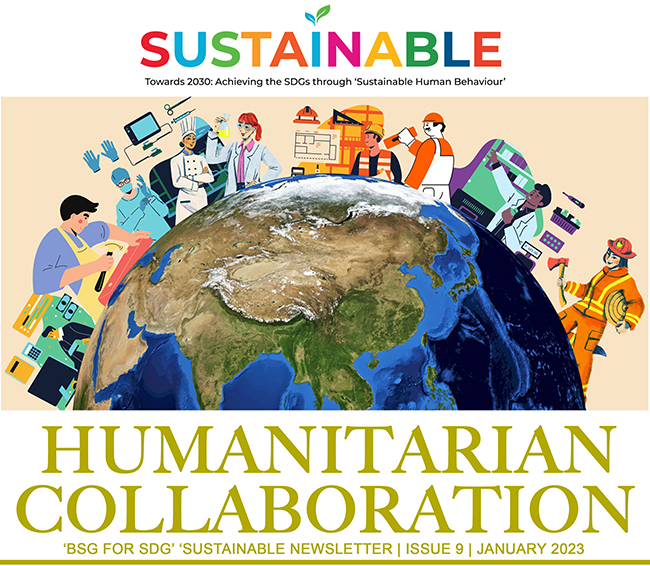
Greetings from BSG Chairperson Mr. Vishesh Gupta
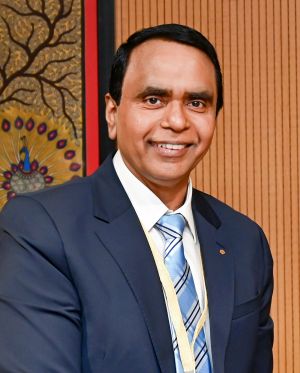
Dear readers,
September marks the onset of Autumn with its clear blue skies. This month, two international days commemorate the gift of clear blue skies- September 7 is celebrated as the International Day of Clean Air for Blue Skies, and September 16 as the International Day for the Preservation of the Ozone Layer. Access to clean air is essential for health and well-being, and is being recognised as a fundamental human right.
Air pollution is transboundary in nature as was demonstrated by the recent spate of wildfires the world over. They rapidly spread to the neighbouring countries, urging greater cooperation and resource sharing amongst the affected countries. Besides affecting the air quality and ecosystem, air pollution also puts the health and well-being of all people at grave risk. The pollutants, such as greenhouse gases, methane, other monitored and hazardous gases contribute massively to climate change, altering weather patterns, food insecurity, and lead to hostile living conditions. Sustainable solutions to this growing problem calls for regional cooperation and visionary collaboration.
The thirteenth issue of the Sustainable newsletter shares ideas and suggestions on how we can achieve clean air and blue skies and combat air pollution. In this issue, we are excited to carry an exclusive interview with Dr. Vibha Dhawan, Director General, The Energy and Resources Institute (TERI) who will talk about her ideas on combating air pollution. We will also learn about the dangers of particulate matter (PM 2,5 and PM 10), what makes air pollution a social equity issue and not just an environmental one, and fun games to teach us ways to improve indoor and outdoor air quality, among other exciting articles.
I hope this issue of the SUSTAINABLE Newsletter is value-creating and enriching for you. I look forward to hearing your thoughts and takeaways from the newsletter. Happy reading!
Warm Regards
Vishesh Gupta
Chairperson, Bharat Soka Gakkai
We all need clean air to breathe. Access to clean air is a fundamental human right.
However, the sad reality is that 99% of the global population breathes air that is extremely polluted. Air pollution has become a pressing global issue that adversely affects our environment, human health, and social equity. Outdoor and indoor air pollution causes 6.7 million premature deaths each year, becoming the second leading cause of deaths from noncommunicable diseases (NCDs), after tobacco smoking (WHO, 2019).
Children are particularly vulnerable to air pollution. One of the reasons being that they breathe faster than adults and live closer to the ground where more pollutants are concentrated (UNCC, 2018). Many studies have reported the adverse effects of PM2.5 air pollution on children’s health, using lung function as an effective indicator of early lung disease. According to the State of Global Air 2020 report, more than 116,000 infants in India died within a month of birth in 2019 due to indoor and outdoor air pollution. In addition, nearly 1.8 billion children under the age of 15 (that is roughly 93% of children in that age group) breathed polluted air in the period. (Health Effects Institute, 2020).
Although air pollution is a universal risk, people living in low and middle-income countries of the world are at higher risk. Even within these countries, people living in slums, or near busy highways, or those who lack access to clean cooking, or are in certain occupations are more prone to the adverse impacts of air pollution. People in sub-Saharan Africa, South-East Asia, and the Western Pacific experience the highest rates of health problems from exposure to indoor pollutants related to household energy use. This is more so in rural households which lack access to clean cooking fuel. Even within the poorer households, it is mostly the women, children, and the elderly who bear the brunt of health and other impacts of household air pollution (WHO).
One third of the global population or 2.4 billion people worldwide still remain without access to clean cooking. From 2010-2019, the rate of access to clean cooking fuels and technologies increased marginally by about 1% per year. Much of this can be attributed to improvements in clean cooking access in the 5 most populous low- and middle-income countries – Brazil, China, India, Indonesia and Pakistan (WHO, 2022)
The transportation industry contributes to nearly a quarter of global CO2 emissions, 72% of which come from cars and other road vehicles (Ge & Wang, 2019). Each year, almost 185,000 deaths can be directly attributed to vehicular pollution (World Bank, 2019). However, only half the world’s urban population had convenient access to public transportation, according to 2019 data from 610 cities in 95 countries (SDG Report, 2020).
Solutions include promoting sustainable public transport that includes electric buses, and trains and BRT systems that can carry people far more efficiently than cars. While electric cars pollute less and reduce individual carbon footprints, they still contribute to traffic congestion. Other ways to promote sustainable and green transport includes incentivizing cycling and walking. Under UNEP’s 2008 Share the Road initiative, countries such as Mexico, Brazil, Ghana, Nigeria, Zambia, Ethiopia, Kenya, Rwanda, Burundi, Uganda, and Indonesia promoted non-motorized transport programmes. Other examples of public transport include creation of more ‘walkable cities’ like the ones in Buenos Aires, Cuenca (Ecuador), Coimbatore (India) and Lison (Portugal).
Over the last few decades, countries worldwide have come together to address and mitigate the dangerous effects of transboundary air pollution as part of various agreements, legislations and an international Convention on Long Range Transboundary Air Pollution.
Recognising that clean air is a basic right for living is an important first step, one that needs to be given full expression in everyday governance, reality and life choice across individuals, households, industries and high level priority setting and decision making.
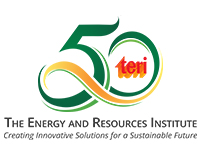
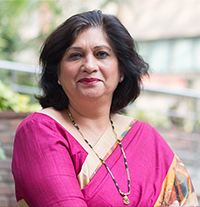
An Interview with Dr. Vibha Dhawan Director General – The Energy and Resources Institute (TERI)
In 1985, a piece of land in Gurugram’s Gwal Pahari village was granted to TERI by the Haryana Urban Development Authority (HUDA) to build its research and development centre. Guided by some of the finest minds such as architect Mr Ashok Lall and forester Mr A.N. Chaturvedi, the largely barren and desolate land was transformed into a sustainable habitat over the next few years. Now known as TERI Gram, it houses state-of-the-art facilities for developing green technologies, along with a residency called RETREAT (Resource-Efficient TERI Retreat for Environmental Awareness and Training). RETREAT is largely powered by renewable energy sources, and the temperature inside is maintained by earth air tunnels, thereby eliminating the use of air-conditioners.
India’s National Biofuel Policy has set a goal of E10 blending in gasoline by 2022 and is planned to phase in E20 between 2023 and 2025. Similarly 5% mix of biodiesel is allowed in Diesel vehicles. Today the majority of the Indian fleets are compatible with up to 10% ethanol-blended Gasoline and 5% Biodiesel blended Diesel. Although the transition to biofuel is happening, one of the key challenges is the sustainable supply of biofuel. In the next few years we will be able to use more biofuel blended fuels in our fleet.

Particulate Matter (PM)
Particulate Matter (PM), also called particle pollution, is a term used for a mixture of solid particles and liquid droplets found in air.
PM includes –
PM10 : inhalable particles, with diameters that are generally 10 micrometres (microns) and smaller – these can be large or dark enough to be visible to the naked eye such as dirt, dust, pollen, mould, etc.
PM2.5 : fine inhalable particles, with diameters that are generally 2.5 micrometres (microns) and smaller, detectable only through an electron microscope. These include combustion particles, organic compounds, metals, etc. PM2.5 comprises a portion of PM10.
How small is 2.5 microns? Think about a single hair from your head. The average human hair is about 70 microns in diameter, and a grain of fine beach sand is 90 microns in diameter!
PM comes in many shapes and sizes, and can be made up of hundreds of different chemicals. PM may either be emitted directly from a source (primary particles), such as construction sites, unpaved roads, fields, smokestacks or fires; or form in the atmosphere through complex reactions of chemicals (secondary particles) such as sulphur dioxide, nitrogen oxides, which are pollutants emitted from power plants, industries and automobiles.
PM can also cause indoor pollution. PM from outside can enter indoor spaces through doors, windows and gaps in building structures. PM can also originate from indoor sources – such as pollens, mould spores, dust mites, activities such as smoking tobacco, burning candles and incense, cooking using fuelwood, and from complex reactions of gases emitted from sources such as household cleaning products and air fresheners.
PM can cause serious health problems. PM10 can irritate your eyes, nose, and throat, whereas PM2.5 can get into the deep parts of your lungs — or even into your bloodstream. People with pre-existing heart or lung diseases (like asthma), older adults, and infants and children are particularly vulnerable to the negative health effects of PM.
PM – mostly PM 2.5 – aso affects visibility which causes haze, by impacting the way light is absorbed and scattered in the atmosphere. PM also has adverse impacts on climate by causing both warming (such as through black carbon) and cooling (such as through nitrate and sulphate), on ecosystems including plants, soil and water through deposition into soil and water with metal and organic compounds in PM having the ability to alter plants growth and yield, and on materials through the deposition of PM on surfaces.
Because of the harmful effects of PM – while it is imperative to take measures to mitigate air pollution, it is also advisable to plan outdoor activities after assessing the Air Quality Index (AQI). AQI levels translate air quality data into numbers and colours to reflect how clean or polluted outdoor air is, along with associated health effects. The AQI was introduced in India in 2015.
To know the AQI of your location, you can check the AQI in real time here.
Eight pollutants are monitored for the calculation of AQI: PM10, PM2.5, nitrogen dioxide, sulphur dioxide, carbon monoxide, ground-level ozone, ammonia, and lead. However, in some cases, all eight pollutants may not be monitored at a particular location. In such cases, AQI is only calculated if data is available for at least three of the eight pollutants, with at least one of those three being PM2.5 or PM10.
References:
US Environmental Protection Agency; Science Direct; Centers for Disease Control and Prevention; California Air Resources Board; Deccan Herald
 To Read
To Read
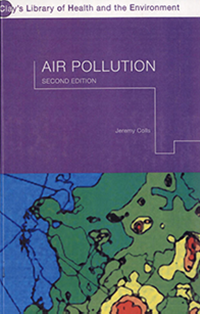
Air Pollution (Second Edition) by Jeremy Colls
This comprehensive book by Jeremy Colls covers a whole gamut of air pollution issues from a quantitative standpoint. From explaining about various sources of air pollution to possible control measures, from mobile sources of air pollution to indoor air pollution, from measurement of gases and particles to data processing techniques, from effects of air pollution on plants, animals, material and visual range, to ozone depletion and climate change, and finally, the legislations being adopted around the world for controlling air pollution – this book offers all the information.
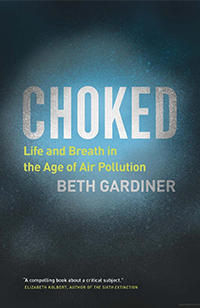
Choked: Life and Breath in the Age of Air Pollution by Beth Gardiner
Clean air feels like a birthright. But it can disappear in a puff of smoke if the rules that protect it are unravelled. At home and around the world, it’s never been more important to understand how progress happened and what dangers might still be in store. Choked shows us that we hold the power to build a cleaner, healthier future: one in which breathing, life’s most basic function, no longer carries a hidden danger.
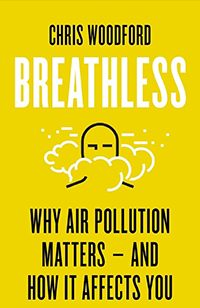
Breathless: Why Air Pollution Matters – and How it Affects You by Chris Woodford
Air pollution is implicated in six of the top ten causes of death worldwide, including lung cancer, heart disease, stroke, and dementia. Breathless gives us clear facts about air pollution in our everyday lives, showing how it affects our bodies, how much of it occurs in unexpected places (indoors, inside your car), and how you can minimise the risks.
Rooted in the latest science, including real-time air-quality experiments in city streets and ordinary homes, it will allow you to make up your own mind about the risks and trade-offs of modern living – wherever in the world you are.
 To See
To See
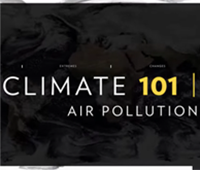
Air Pollution 101
A short educational video by National Geographic on the causes of air pollution, and its linkage with climate change.
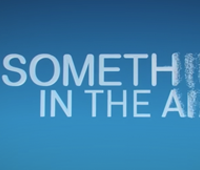
Something in the Air
This documentary highlights startling facts on air pollution around the world, including in India, and how it’s affecting our daily lives. As per a doctor in this film, the air quality in Delhi is equivalent to smoking 20-25 cigarettes per day. Air pollution is often something we cannot see. How unsafe is air pollution? Explore this and other questions about the most precious resource we have–air.
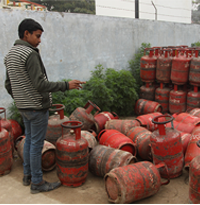
Barriers to Clean Fuel Use: A Photo Essay
A photo-essay describing the behavioural barriers to using clean cooking fuel in rural India.
 To Listen
To Listen
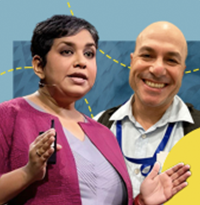
Clearing the Air for a Healthy Future
This podcast, titled ‘Clearing the Air for a Healthy Future’ by TDR, the Special Programme for Research and Training in Tropical Diseases, brings together two grassroots champions for clean air- Shweta Narayan from Health Care Without Harm and Rico Euripidou from GroundWorks, who share case studies from their countries, India and South Africa, respectively on the need for greater pollution control measures and environmental justice.
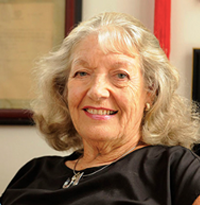
Hazel Henderson—A Message of Hope
This podcast based on writings of SGI President Daisaku Ikeda on Hazel Henderson (1933-2022) highlights her story about how in the 1960s, this “ordinary housewife” fought successfully to secure the right for children to breathe clean air.
 To Play
To Play

Clean Air 2
Check out this awesome collection of interactive learning materials, including games, on air pollution, its effects and mitigation strategies. Clean Air 2 was created by Kaunas University of Technology, Lithuania, with the help of various partners and funded by the European Union Erasmus+ program.
Taking Courage-Based Action for Society Malvika Dwivedi | Young Women’s Division | Goa

When I was 12 years old, my father regularly made me accompany him to an old age home for the poor, which deeply impacted me. It was at that time that I decided that when I grow up, I would contribute to building an equitable world.
In 2010, at the age of 19, I became a member of the Bharat Soka Gakkai (BSG). I was in college then and soon would enter the world of work. While the 12-year-old me had dreamed of working towards social and climate-related causes, I feared that this would not allow me to become financially independent and started to work in a mainstream corporate career instead. Deep down, I was not happy with the decision. I moved from one job to the next in search of meaning but only felt emptiness. I longed for not only a job I enjoyed but a career I could build.
In 2013, I got the opportunity to support the BSG Peace Symposium as a behind-the-scenes member. I had the good fortune to hear esteemed speakers talk about SGI president Daisaku Ikeda’s peace proposal to the United Nations with emphasis on human dignity, justice, and peace. I distinctly remember being so moved by the speakers and at that very meeting, I gained the conviction to pursue my long held aspiration of working towards human and climate impact. Not just that, but I also determined that I would remain fearless in achieving my own personal financial goals. That day, I felt not only joy but relief and a deep sense of security.
A few months later, I started my Master’s in Social Work and finally started off on my dream journey. By the time I completed my Master’s, the Sustainable Development Goals had been launched and SGI president Daisaku Ikeda made a deep commitment to contribute to the achievement of these goals. My sense of purpose only grew more clear.
It has been 9 years since then and I can say today with great pride that I have had no regrets in choosing this path. I have had the opportunity to work across a range of SDGs on topics including climate change, women’s economic empowerment, and poverty alleviation. Recently, I worked with a large-scale international foundation at the intersection of gender, agriculture and climate adaptation, to find solutions that can help small-scale farmers in South Asia and Sub-Saharan Africa adapt their farming practices to changing climate conditions. I have also worked on projects in waste management and recycling, with focus on attracting the private sector to invest in this sector, to systematically reduce CO2 emissions. My career has given me exposure and opportunity to influence key stakeholders such as investors, philanthropists and nongovernmental organisations in their decisions and ability to reduce the impacts of climate change. Central to all my efforts to mitigate climate change, has been the focus on strengthening the role that women can play towards this goal, thus also ensuring social equity.
While I started off 8 years ago on a very low salary that would hardly last a few days, over the years, I have been able to achieve the financial security that I was seeking. In 2021, my interest in working on sustainable finance led me to a very lucrative job, which allowed me to achieve the financial goals that I had long dreamed of!
I feel immensely grateful to the BSG and events such as the Peace Symposium without which the lofty dreams of a 12-year-old Malvika would have never been fulfilled in the way that they did. I am determined to continue advancing with deep conviction towards 2030, ensuring that I always do my best for human and planetary prosperity.
Taking Personal Initiative to Create A Greener World Savita Kaushik | Women’s Division | Gurugram

I am currently working as Director of a media and advertising firm in Delhi. I joined the Bharat Soka Gakkai as a voluntary member in 2012. Being a part of the Soka family has filled me with immense happiness and a great sense of fulfilment. Through this organisation, I encountered my mentor – the founding President of the SGI – Dr Daisaku Ikeda. Studying the various writings of my mentor, I could learn the aspect of looking beyond just my own personal interests and started living with a sense of purpose. Ever since then, I have made conscious efforts to take action to create value for others and for the society at large.
During the COVID-19 lockdown, rather than allowing myself to be trapped in feelings of self-pity and despair, I utilised my time by studying President Ikeda’s peace proposals written by him to the United Nations. Through these proposals, I learnt how important it is for each one of us to take action for achieving the Sustainable Development Goals. Deeply inspired, I then used every spare moment to study the UN website on sustainable development. I even completed 4 certificate courses on the UN E-learn platform.
I strove to share the spirit behind the SDGs with BSG members of my chapter so that each one can be encouraged to make their contribution. I even prepared detailed presentations to share with BSG members on how each one of us can take steps to conserve water and electricity at homes. I even reached out to my friends, neighbours, and employees to adopt sustainable practice at their home.
To ensure that I was not merely preaching and talking but rather, taking concrete action, I took conscious steps to develop a sustainable lifestyle.
As a first step, I aligned myself with the ‘BSG for SDG’ initiative and downloaded the ‘BSG for SDG’ mobile app to learn more about the SDG action points.
I inculcated the discipline of waste segregation and recycling at my own home and sent every bit of dry waste to the local recycling centre along with members in my colony.
Then, taking this spirit of recycling to the next level, I decided to create awareness on the importance of recycling single use plastic. Towards this, I worked on a personal campaign called ‘Green Hearts’ and tied up with another NGO in which green coloured wireframe heart-shaped bins were installed near four university campuses and ten locations in East Delhi and Ghaziabad. I was delighted to learn my personal campaign was in complete sync with BSG, as this year, BSG also launched a ‘Say NO to Plastic’ campaign.
Further, I also started an NGO called ‘Let’s Get Green’ through which I shared the importance of green spaces, recycling, and sustainable lifestyle to ensure a cleaner, healthier environment for better human health through an Instagram page. This was in alignment with the ‘BSG for SDG’ motto of adopting sustainable human behaviour as a lifestyle.
Additionally, to support the goal of SDG 15 – Life on Land, for the last two years, I have been conducting tree plantation drives in the local RWA and at running events. I even planted 100 saplings in small ceramic pots to be distributed to dignitaries at a sustainability conference for MSMEs last year.
I also worked towards garnering support from runners and cyclists for the ‘Aravali Bachao Movement’ for revocation of the NCR Draft Plan 2041 which removes the Aravalli Forest from the protected forest status.
To support the goal of SDG 1 – No Poverty, I encouraged friends to send school and college books, used clothes, old printers, laptops, and food items to schools for underprivileged and disabled children.
In July 2023, I was invited to moderate an expert session at a Global Sustainability Summit at the Vigyan Bhawan which had 20 sustainability professionals, government officials, ministers, and students.
I am continuing to prepare designs for installations and campaigns to be presented to corporate organisations for driving awareness and responsibility towards reducing air pollutants in cities, lighting up parks with solar energy, and easy and safe access to clean drinking water through rainwater harvesting.
I am determined to continue working towards spreading awareness on the importance of adopting sustainable human behaviour and drive innovations to showcase recycling potential that can significantly reduce environmental damage.
 SDG Tip for Daily Life
SDG Tip for Daily Life
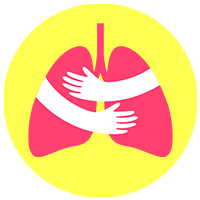
Air pollution affects our health and well-being. By recognizing the symptoms and effects of these diseases, we can take steps to protect ourselves and advocate for cleaner air. By promoting sustainable practices and supporting initiatives that aim to reduce air pollution, we can contribute to a healthier environment and work towards achieving the Sustainable Development Goal. Here are some practical tips that can be implemented by all of us in our daily lives to combat the menace of air pollution:
- Segregate waste at source into dry, wet, e-waste and bathroom waste
- Avoid driving in peak hour traffic. Take public transport instead. Save your vehicle’s energy as well as your own energy.
- Walk or use a bicycle to travel across shorter distances.
- Book those cab / taxis / other modes of public transport which run on renewable sources of energy, instead of ones that run on petrol or diesel.
- Use public transport. It’s also an excellent opportunity to catch up on reading and other things that you couldn’t do if you were driving.
- Turn empty roof space on buildings into green roofs. They improve air quality, insulation by up to 25%, they absorb sound, promote social integration and more.
- Have pollution-fighting plants (like snake plants, or spider plants) in your home / workplace.
- Grow your own herbs, fruit and vegetables even if it’s just a few pots around the house, it all helps!
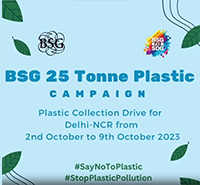
Updates
Bharat Soka Gakkai launches the ’25-Tonne Plastic’ Campaign
On 28 July 2023, BSG launched a unique ‘25-Tonne Plastic’ Campaign to bring together its community of members for the cause of fighting the menace of plastic pollution. Through this campaign, BSG aims to responsibly send 25,000 kgs of plastic waste for recycling.
Read more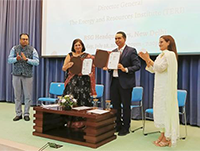
Bharat Soka Gakkai and The Energy and Resources Institute (TERI) sign MOU
BSG & TERI signed a Memorandum of Understanding on 28 July 2023 to take forward the cause of #sustainability in society and make meaningful contributions for the achievement of SDGs.
Read more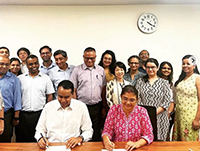
Bharat Soka Gakkai and Why Waste Wednesdays Foundation (WWWF) sign MOU
BSG signed a Memorandum of Understanding with WWWF to fight plastic menace and take forward the cause of sustainability in society, with a resolve to make meaningful contributions for the achievement of SDGs.
Read more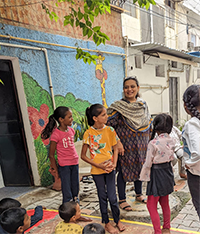
Bharat Soka Gakkai holds training sessions on climate change with underprivileged students from GyandeepGrowth Foundation (GGF)
Volunteers of BSG held multiple weekly training sessions between July-September 2023 with underprivileged students from Gyandeep Growth Foundation, New Delhi, and supported them in preparing a skit on climate action for their Founder’s Day Function.
Read more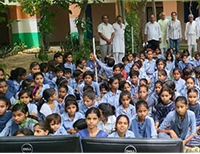
BSG donates free computers to Pathredi Village Primary Girls School
As a part of its BSG for SDG initiative, Bharat Soka Gakkai donated 7 sets of computers to students of Pathredi Village Primary Girls School to support them in their journey of education, growth and women’s empowerment. The village’s panchayat samiti members also joined the meeting along with the students, headmaster and staff members of the school.
Read more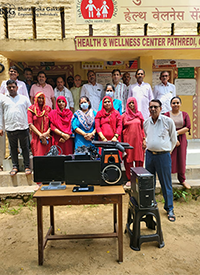
BSG donates free computers to Pathredi Village Health & Wellness Center for the education of women
As a part of its BSG for SDG Initiative, Bharat Soka Gakkai donated 3 sets of computers to the Pathredi village for its health and wellness centre. These computers will be utilised for the education of women from underprivileged backgrounds. The registered medical officer, health workers and members of panchayat samiti joined the meeting, offering appreciation to BSG for the noble cause.
Read more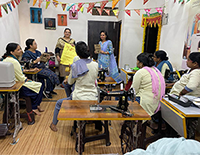
BSG organises its fourth training session with Pedal On impart lessons on Gender Equality
On July 29, 2023, BSG volunteers organised its fourth workshop in collaboration with Pedal On for economically disadvantaged women. The focus was on gender equality (SDG5) and empowerment. Myth-busting activities challenged gender stereotypes, while discussions addressed issues like school dropout rates and gender roles, which led to participants feeling empowered to drive change through their daily actions.
Read more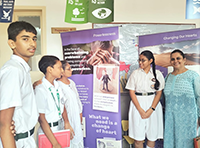
BSG hosts the SOHA Sustainability Exhibition across various educational institutes
The ‘Seeds of Hope & Action (SOHA): Making the SDGs a Reality’ – a sustainability focused exhibition was organised by BSG at various educational institutes, including: Delhi Public School, Harni; Delhi Public School, Vadodara; Avalon World School, Dhaboi; Global Discovery School, Vadodara; Navrachana Higher Secondary School, Vadodara; Sushant University Gurgaon; and Bluebells International School, Delhi.
Read moreContact Us
 Any queries or suggestions regarding the newsletter can be addressed to sdg@bharatsokagakkai.org
Any queries or suggestions regarding the newsletter can be addressed to sdg@bharatsokagakkai.org
 To know more about the ‘BSG for SDG’ initiative, visit the BSG for SDG website
To know more about the ‘BSG for SDG’ initiative, visit the BSG for SDG website
 Download the ‘BSG for SDG’ mobile app with the carbon footprint calculator
Download the ‘BSG for SDG’ mobile app with the carbon footprint calculator
